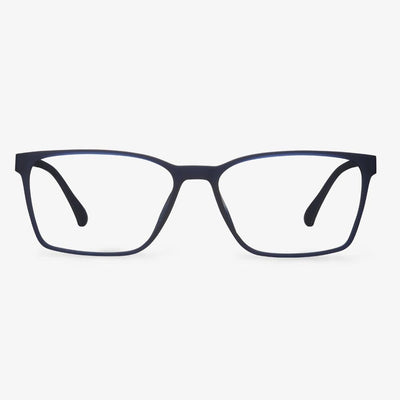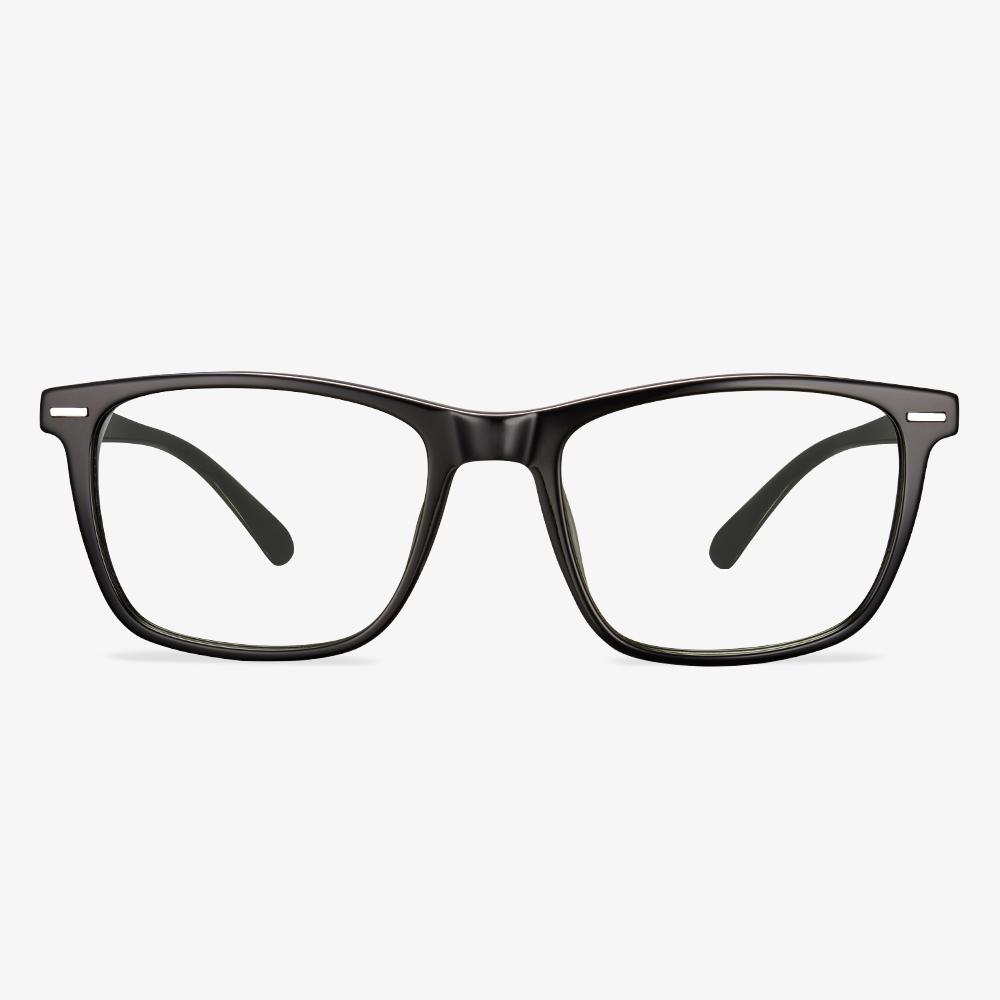How Long Does It Take to Get Used to Varifocals?
When you get a new pair of glasses, you have to get used to them. So, how long does it take to get used to the glasses? Some people only need a couple of days to get used to them while some others may need up to two weeks.
It is normal if you can only see the frame rim of your glasses when you first wear them. The reason for this lies in the brain’s visual center. It needs to adapt the new and greatly improved visual conditions.
Titanium is currently too expensive to refine.
It is highly demanding in buckling, stamping, cutting, and welding. The extraction of titanium, like that of aluminum before the 19th century, was quite costly and produced in limited quantities, so it was used only in extremely important fields, such as aerospace, electronics, precision instrument manufacturing, and so on.
Why are eyeglass frames are so expensive?
Plastic frames are often used for rimless glasses, but they are not very resistant to corrosion and break easily. The plate is a new type of plastic, and it is light and has high hardness, not easy to deform, but the surface is easily corroded by sweat. TR90 has features of wear resistance, good chemical resistance, solvent resistance, weather resistance, not burning, high-temperature resistance. Plastic steel does not contain any metal, but it is a kind of high-strength molecular material, lighter than TR90. They have a higher level in corrosion resistance and strength and other aspects. The frames made of good materials are more comfortable, durable, and textured in daily wear, and will not cause skin allergies. Plate, titanium, TR90, alloy are the most used materials on the market at present. The price is in dozens of yuan to hundreds, thousands of yuan.
How To Choose Better Night Driving Glasses?
Driving at night has a high accident rate because of poor visibility, blinding headlights, and fatigue. Now the market exists a few main glasses: sunglasses polarizing lenses, Glasses that use or mimic the first generation of patented technology. So how do you compare the options between driving and wearing glasses?
Night driving lens is relatively special compared with daily driving lens, not only to prevent strong light and see the road more clearly. According to the national motor vehicle driver special glasses standards, QBT 2659-2004 daily light transmittance should be more than 8%, night light transmittance should be more than 75%. Be sure to consult customer service. Ask about the situation. Note that a pair of polarized sunglasses are not suitable for use at night, and the light transmittance must reach the national safety standards.
Advantages of Progressive Lens
Continuous and clear vision throughout the entire process is the advantage of progressive lenses. Because the added value continuously increases gradually in the gradient zone, the wearer can obtain continuous clear vision from the far point to the near point through the gradient lens under the appropriate head position. In line with physiological optics, better adaptation. The appearance is better than that of double-lens and triple-lens. There is no dividing line of sub-sheets, and there is no ring-shaped blind zone and invisible sub-sheets.
Convenience and timeliness.
The essential carrier of Mobile applications is the mobile terminals. As the name suggests, these mobile terminals are not only smartphones and tablets but smart glasses, watches, clothing, accessories, and other kinds of personal belongings. They are part of what the human body wears and can be used anytime, anywhere. People can make full use of the fragmented time in life and work to accept and process all kinds of information on the Internet. They can no longer worry that they will miss any vital information, time-lapse information.
What Are Progressive Lenses?
Progressive lenses also called multifocal lenses, have three prescriptions in one pair of glasses, which allows you to see near, middle-distance, and far objects without changing your glasses.
The traditional glasses have telltale lines in the lenses, while the progressive lenses are an update on bifocal and trifocal lenses. Progressive lenses have a seamless look. Sometimes, they are called no-line bifocals. The more accurate name is no-line trifocals.
Progressive lenses are typically designed for people over 40 years old who are both nearsighted and farsighted. With the progressive lenses, there is no need for you to change the nearsightedness eyeglasses and the farsightedness eyeglasses constantly.














































